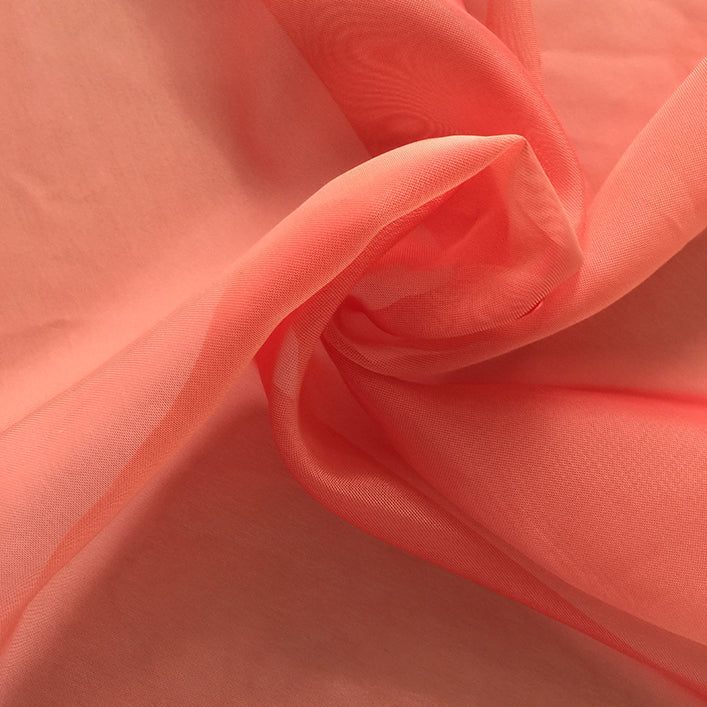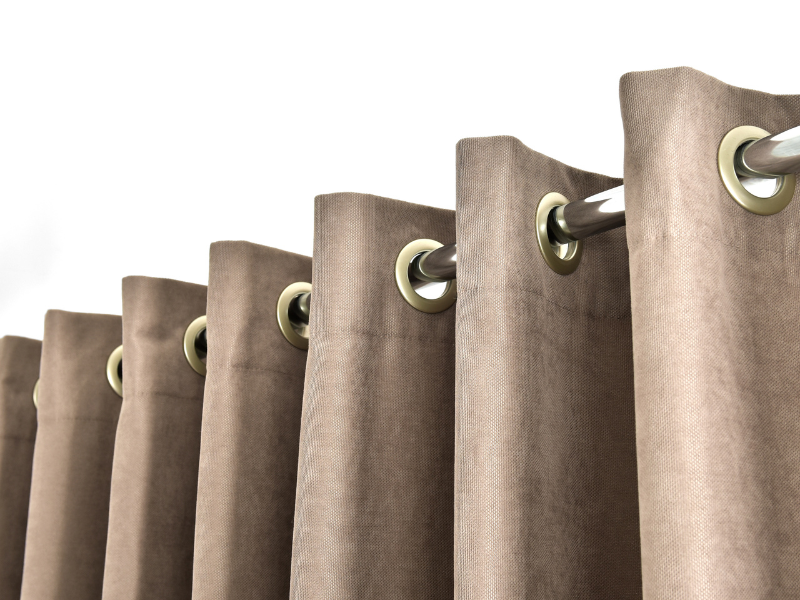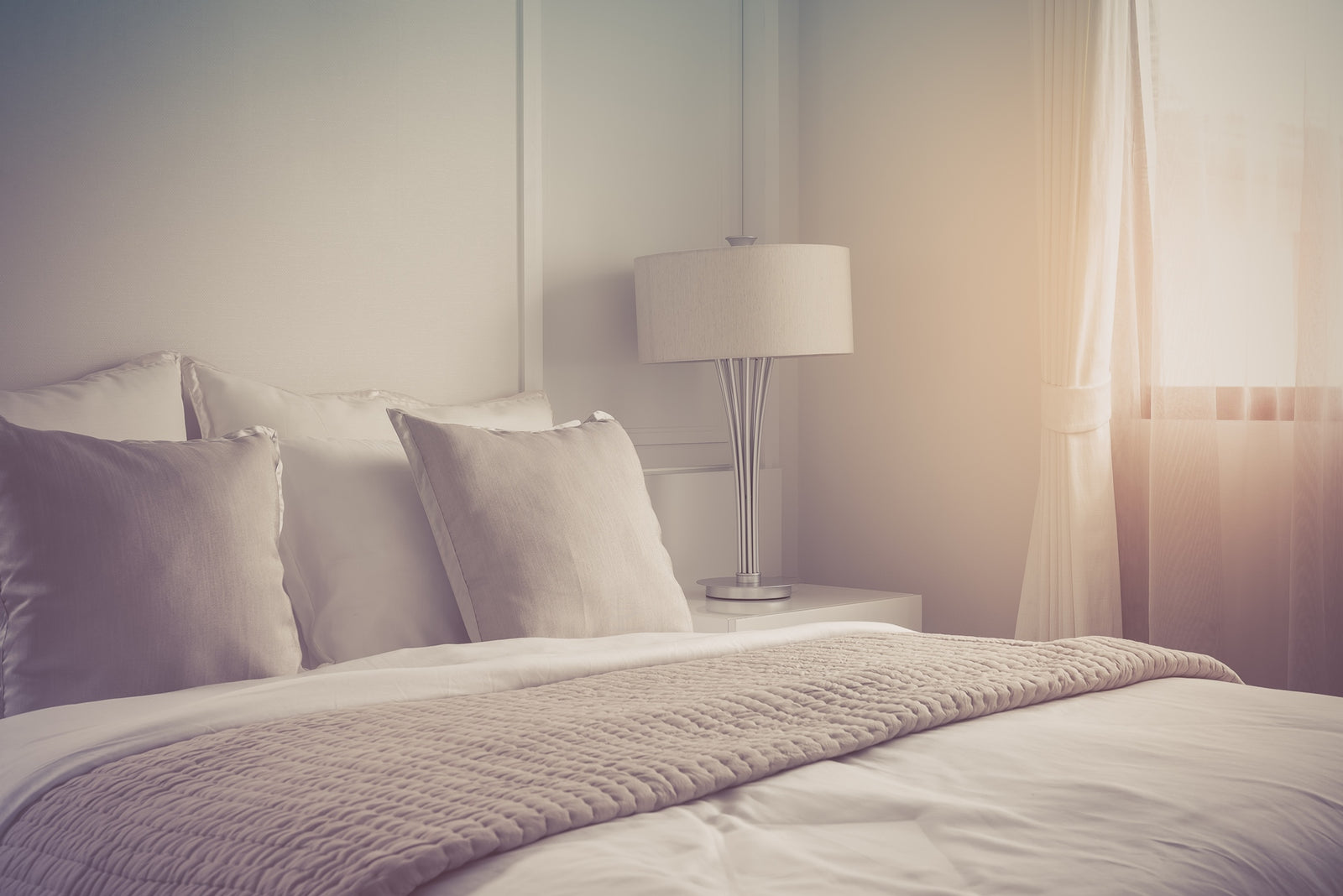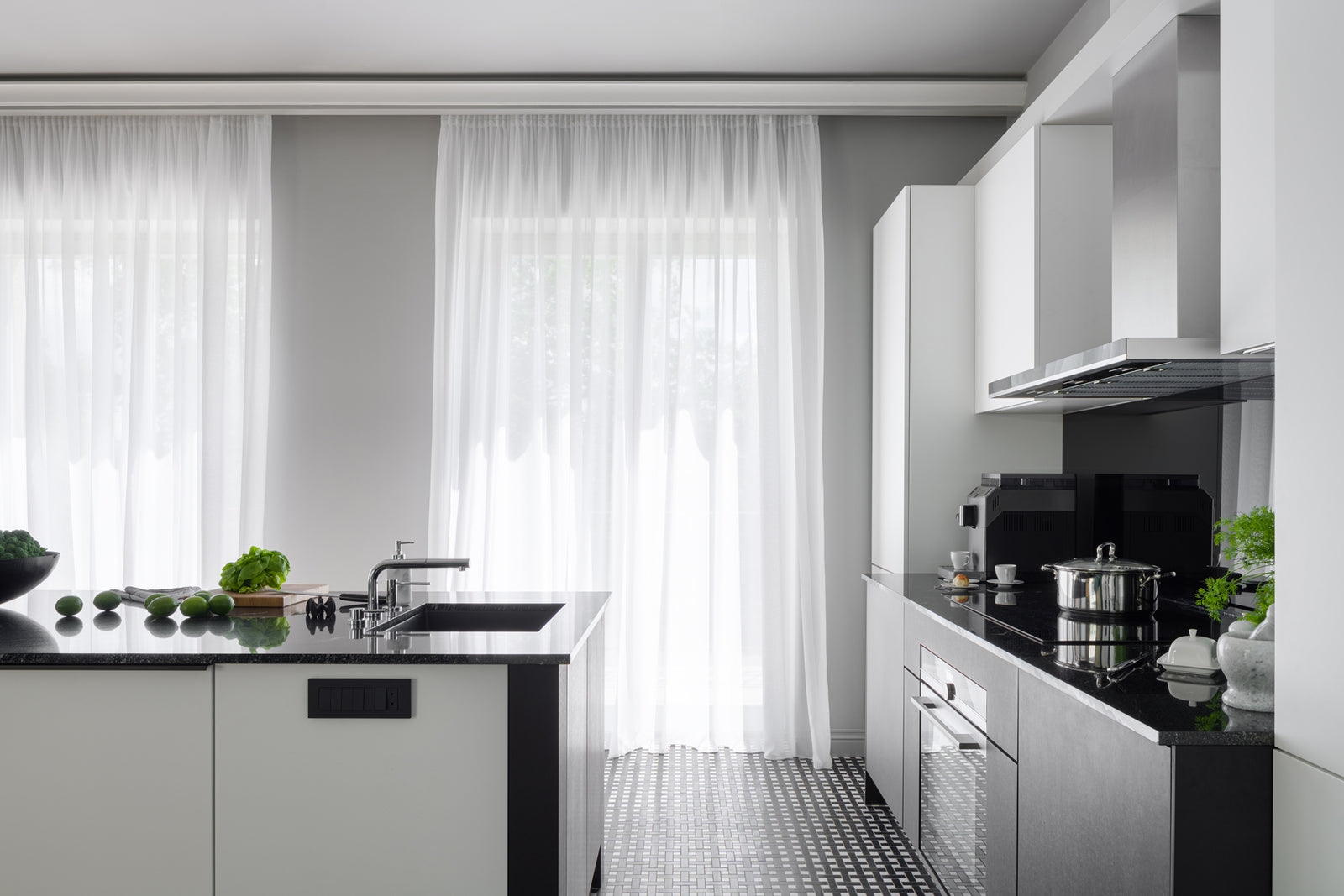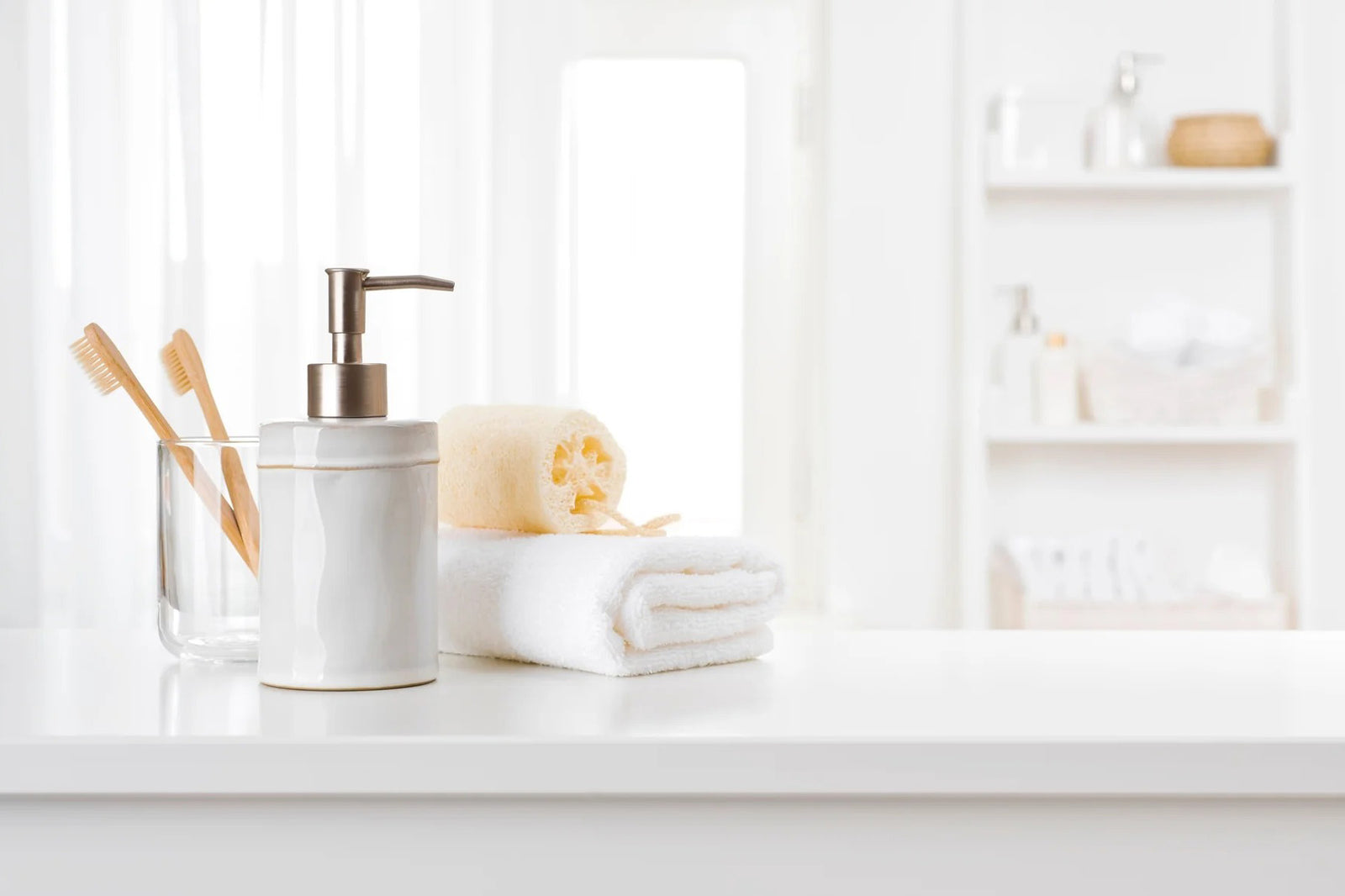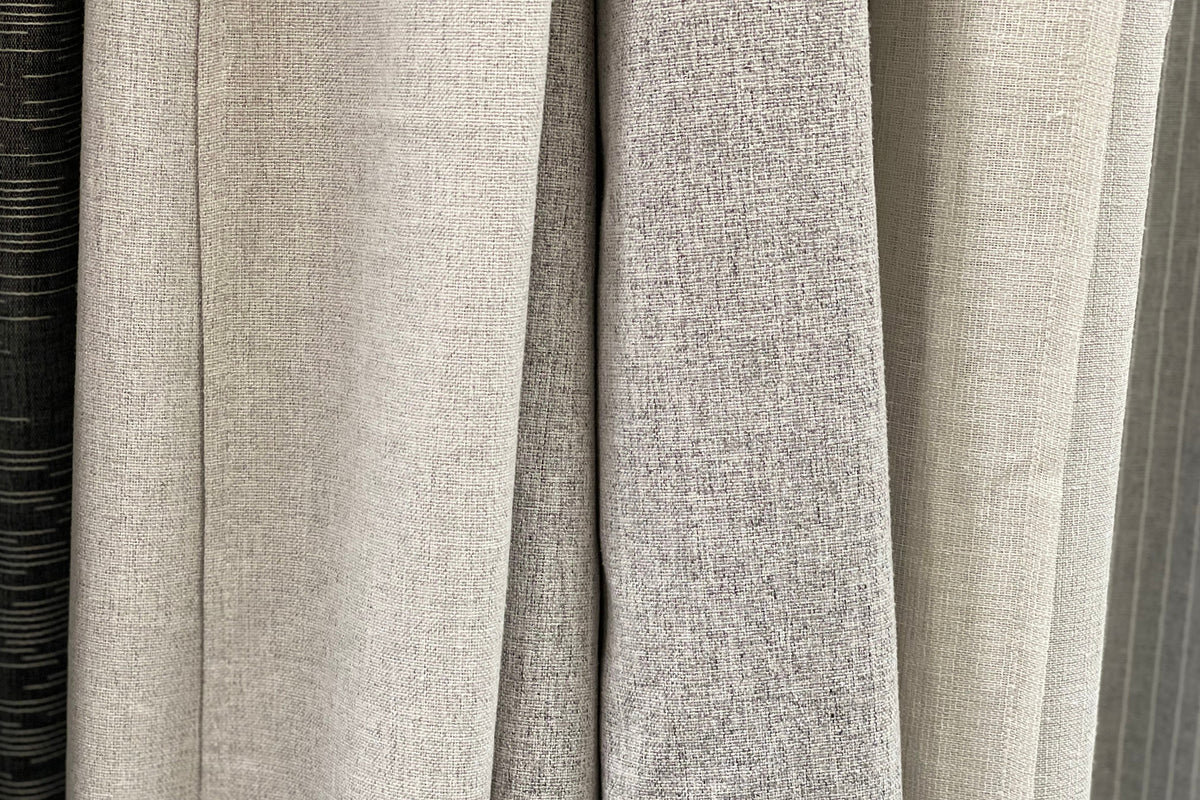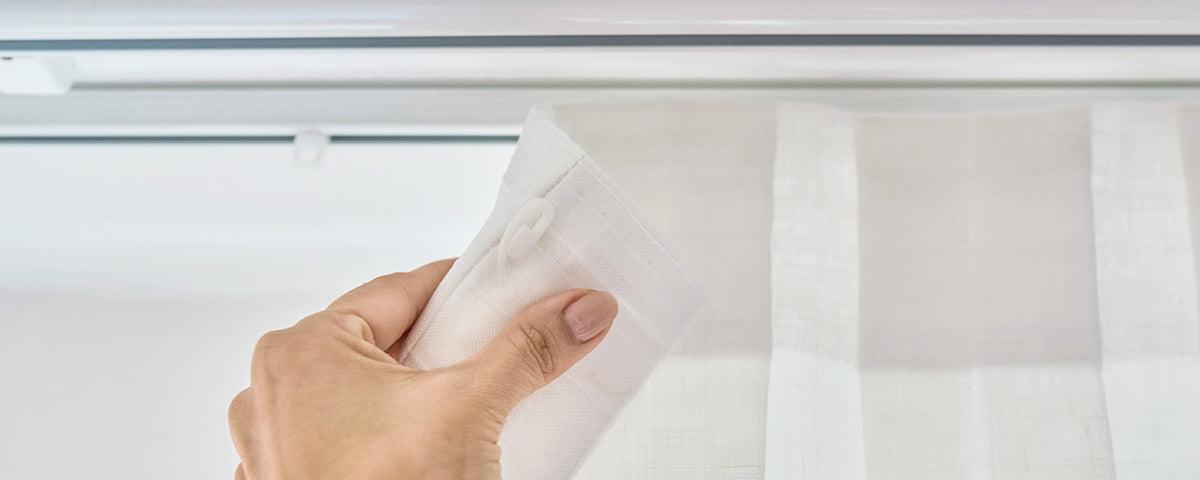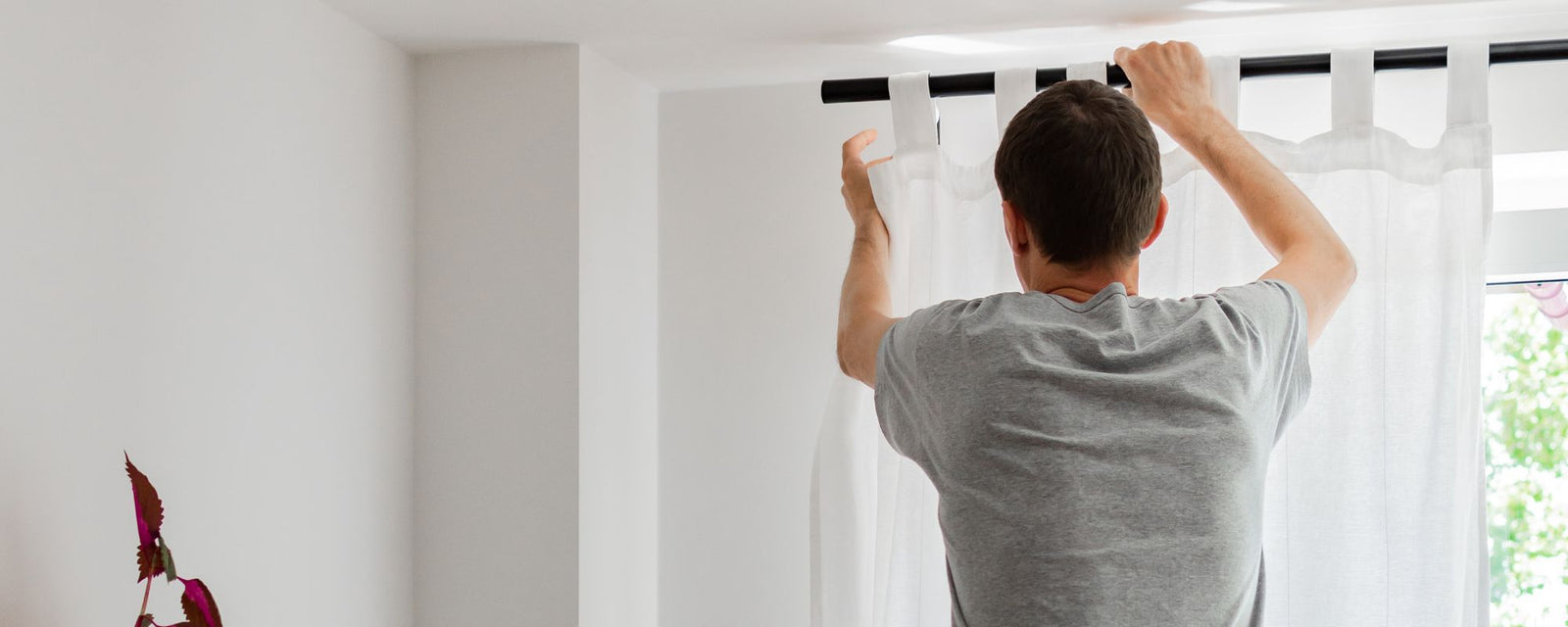
Living in a rented apartment undoubtedly has its advantages - more flexibility in terms of changing life situations or lower financial burdens in terms of maintenance and additional costs. But with this freedom also comes certain restrictions, especially when it comes to designing your own home according to your own wishes. One of the most common questions that tenants have is: “Where should I install the curtain rod if I live in a rented apartment and want to avoid inconveniences with my landlord?”
We explain here in our blog how you can best install a curtain rod in your rented apartment without directly endangering your rental deposit. Using our step-by-step instructions and our professional tips, we'll show you how you can beautify your four walls with curtains and at the same time avoid unnecessary problems with your landlord.
Attach the curtain rod – as a tenant you should follow these five steps
As a tenant, you also want to make your living space more comfortable. What is better and more flexible for this than decorative curtains or drapes ? With them you can visually enhance your rooms at any time as you wish and at the same time arrange the privacy and lighting conditions according to your wishes. Of course, this requires careful attachment of a curtain rod.
However, as a tenant you should take a few important steps and considerations into account:
Step 1: Know the legal basics
Before you start drilling and installing the curtain rods, it is important to understand the legal framework. In general, tenants in Switzerland are entitled to make minor changes to the apartment, which can also include installing curtain rods. However, it is advisable to check your rental agreement to ensure that there are no specific provisions regarding structural changes.
Step 2: Check the condition of the ceilings and walls
A thorough inspection is not only important for a car, but also helps prevent damage when installing a curtain rod. Before you begin, carefully inspect your ceilings and walls for signs of cracks, stains, or other irregularities. These may indicate structural problems that need to be addressed before you can install the curtain rod. If you encounter any problems while inspecting the ceilings or walls, do not hesitate to inform your landlord. This step is important so that the curtain rod can be attached firmly and stably and to prevent subsequent damage to the home.
Step 3: Choosing the ideal curtain rod
In order to minimize potential damage, even if the wall and ceiling are intact, it is recommended to choose lightweight fastening options, such as rotating telescopic rods or adhesive systems. Such fastening systems can be installed quickly and easily and you usually do not need any special tools or even technical skills. In our blog about curtain rods without drilling, we have also listed many other advantages of these very popular and practical curtain fasteners.
Step 4: Install the curtain rod correctly with precise preparatory work
Carefully choose the location where you want to attach the curtain rod. It should be stable and placed near the windows or doors where the curtains are needed. Now measure the width of the window or door, the height of your curtains and choose the optimal distance from the ceiling. It's best to use a laser or standard spirit level to ensure that everything is straight and symmetrical. Now mark the places where the curtain rod should be mounted with a pencil and attach it to the desired position.
Step 5: Using appropriate wall fixtures and tools
To avoid damage, always use the correct wall fixings that are suitable for the type of wall and weight of the curtains. The use of a line finder is also recommended. This makes it quick and easy to ensure that there are no electrical cables or pipes near the mounting points. This step is important because electrical wiring for switches, sockets and lighting can often run directly from doors and windows.
Installing a curtain rod in a rented apartment – use these three professional tips
A home without curtains can often seem a little dreary and uncomfortable. They give a room that very special and cozy atmosphere. But in a rented apartment, installing curtain rods can be a tricky matter. The concern about leaving damage to the walls and causing inconvenience to the landlord is understandable.
That's why we're sharing three professional tips with you here that will not only make installation easier for you, but also ensure that you don't have any unpleasant surprises when you move out:
- Pro tip 1: Use temporary fastening systems
To avoid damage to the walls, you should, if possible, avoid using permanent fastening techniques such as drilling through the walls. Temporary fastening options are particularly suitable for rental apartments because, when used correctly, they do not cause any permanent damage.
Here are two example mounting options with which you can easily mount a curtain rod: - Adhesive hooks:
Self-adhesive hooks or adhesive strips specifically designed for hanging curtains. These can be easily removed without leaving any marks. - Tension rods:
Telescopic or curtain rods without drilling are a great choice because they can be clamped into window frames or between walls very easily and, above all, without leaving any residue. - Pro tip 2: Take photos of the original condition
Before you make any changes, it's best to take a quick photo of the original condition of the walls or window frames. This serves to record the condition of the apartment before installation and to be able to use it for later dismantling of the curtain rod. They also show the landlord the specific location and how and where the curtain rod was installed in case there are any discrepancies later. - Pro tip 3: Careful assembly and disassembly
Once the decision has been made and you want to install the curtain rod in your rented apartment, you should proceed carefully. Be sure to choose the correct position by checking the wall structure. Always use appropriate anchors and screws and ensure that the curtain rod is installed securely and horizontally to avoid damage to the walls. If you move out, remember to carefully remove the curtain rod and repair any damage caused by the installation. To fill the resulting holes, it is best to use putty and paint the affected areas.
CONCLUSION: Temporary curtain rods without drilling are the best choice!
As a tenant you have some advantages, but you often have to make compromises when it comes to room (re)design. Installing curtain rods in a rented apartment can be easy if you follow our tips. Once you have chosen the desired day, night or blackout curtains , you should ensure that you mount the curtain rod or attachment to the masonry properly and, if possible, without damaging it.
Curtain rods without drilling are undoubtedly the best choice for this, as they can be attached easily and without leaving any residue and can be removed just as effortlessly. This not only secures your rental deposit, but also the peace of mind between you and your landlord.


